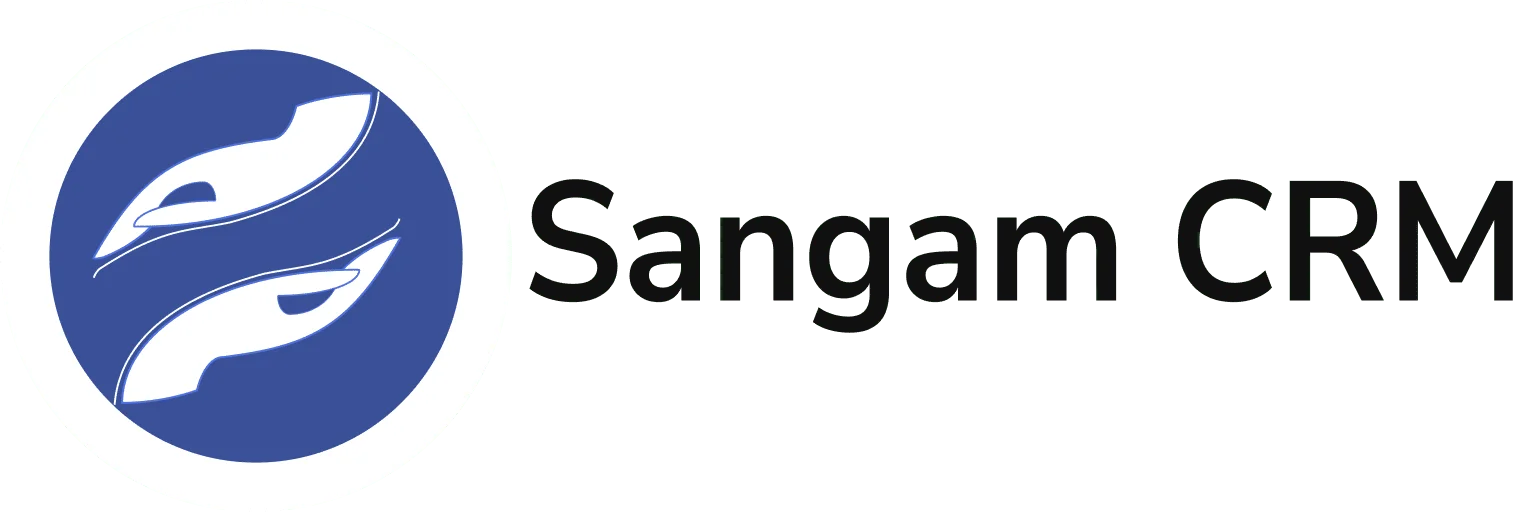
Maintaining high customer satisfaction is paramount in today’s competitive business landscape. Effective Service Level Agreement (SLA) management is critical to achieving this. All modern helpdesk systems like Sangam CRM have elaborate SLA Management functions.
But what exactly is SLA management, and why is it so crucial? This article will explore the SLA management process, its importance, and how it can transform service delivery. This is episode 5 in the series of Service Beyond Helpdesk CRM
SLA Full Form and Meaning
SLA stands for Service Level Agreement. It is a formal agreement between a service provider and a customer that defines the expected level of service.
The SLA outlines the metrics by which service is measured, the remedies or penalties in case service levels are not achieved, and the responsibilities of both parties.
SLAs ensure that the service provider and the Customer clearly understand service expectations and performance standards.
If you provide service to your customers, you already have a formal or informal SLA. However, your Sangam helpdesk can help you measure your quality of service by implementing an SLA.
What is SLA Management?
In simple words, SLA management means providing service as per your promise. SLA management involves monitoring, managing, and maintaining SLAs to meet the agreed-upon service levels consistently.
It is a critical component of service level management, aligning service performance with business expectations. Effective SLA management helps mitigate risks, enhance customer satisfaction, and drive operational efficiency.
One of the main functions of SLA Management in the Helpdesk is to define an escalation matrix, escalate tickets automatically, and notify concerned team members.
The SLA Management Process
The SLA management process can be broken down into several key steps:
Defining SLAs: The first step involves drafting the SLA document, which includes the scope of services, performance metrics, responsibilities, and penalties for non-compliance. It is essential to have a clear and concise SLA that aligns with business objectives and customer expectations.
Implementing SLAs: Once the SLAs are defined, they must be implemented within the service delivery framework, i.e. your Helpdesk CRM or a ticketing system like Sangam CRM. This involves configuring systems, training staff, and establishing processes to ensure SLA adherence.
Monitoring Performance: Continuous monitoring of service performance against SLA metrics is crucial. This involves collecting data, generating reports, and analysing performance trends to identify deviations from agreed service levels.
Managing Escalations: When SLAs are breached, timely escalations are necessary. The system should have predefined escalation procedures to address issues promptly and prevent further breaches.
Review and Improvement: Regular review of SLA performance and customer feedback helps identify areas for improvement. This continuous improvement process ensures that SLAs remain relevant and effective over time.
Sangam helpdesk CRM provides real-time notifications and detailed analytical reports on how SLA is working. However, these reports need to be reviewed continuously to improve service.
Types of SLAs
There are three primary types of SLAs:
Service-Based SLA: This type of SLA is specific to a particular service provided to all customers. For example, an IT service provider might have a service-based SLA for email support that applies to all clients.
Customer-Based SLA: This is tailored for individual customers and covers all their services. It provides a more personalised approach to service management.
Multi-Level SLA: This type of SLA involves multiple layers, addressing different service levels for various user groups or business units within an organisation. It ensures that all aspects of service delivery are covered comprehensively.
Multi-level SLA is the most commonly used in Enterprise IT Solutions. Customer-based SLA is typical in companies manufacturing consumable durable goods (e.g., premium kitchenware). Further, companies that manufacture costly capital equipment have service-level SLAs.
Example of Service-Based SLA?
A service-based SLA is a standard agreement for a specific service provided to multiple customers. It is designed to ensure that the service provider delivers consistent performance across all clients using that particular service. For instance, a cloud service provider might have a service-based SLA guaranteeing 99.9% uptime for all users of its storage service.
Why is SLA Important?
SLAs are vital for several reasons:
Clear Expectations: SLAs set clear expectations for both the service provider and the Customer, ensuring that both parties understand their responsibilities and the level of service to be delivered. Otherwise, either side may create unnecessary pressure on the other side or take advantage of the situation.
Performance Measurement: SLAs provide measurable criteria to evaluate service performance, helping identify areas for improvement and ensuring accountability.
Customer Satisfaction: By meeting SLA commitments, service providers can enhance customer satisfaction and loyalty, leading to long-term business relationships.
Risk Mitigation: SLAs help mitigate risks by outlining remedies and penalties for non-compliance, ensuring service providers meet agreed-upon standards.
How SLA Works in Ticketing (Helpdesk) Tools
SLAs play a crucial role in managing and prioritising support requests in the context of ticketing tools. Here’s how SLAs typically work in ticketing systems:
Ticket Prioritisation: Tickets are prioritised based on SLA criteria, ensuring that high-priority issues are addressed first.
Time Tracking: The system tracks the time it takes to respond to and resolve each ticket, ensuring it adheres to SLA timelines.
Advanced Time Tracking: When the ticket is pending because of customer-side action, the SLA needs to stop. Most SLAs are based on business hours, so the SLA needs to stop accordingly.
Escalation Management: If a ticket is not resolved within the SLA timeframe, it is automatically escalated to higher management for prompt resolution.
Real-Time Monitoring: Ticketing tools, like Sangam CRM, provide real-time dashboards and alerts, enabling support teams to monitor SLA performance continuously.
Sangam CRM is a very flexible and comprehensive tool for managing SLAs of various kinds. With automated notifications and escalations, any complex requirement can be met.
Implementing Effective SLA Management
To implement effective SLA management, consider the following best practices:
Set Realistic SLAs: Ensure that SLAs are achievable and aligned with your team’s capabilities and resources.
Automate SLA Monitoring: Automate automated tools to monitor SLA performance and generate real-time reports, reducing the risk of human error.
Train Your Team: Ensure your support team understands the importance of SLAs and is trained to adhere to SLA standards. This is the most critical step, but it is also most ignored.
Regular Reviews: Conduct regular reviews of SLA performance and update SLAs as needed to reflect changing business needs and customer expectations.
Customer Communication: Maintain open communication with customers about SLA performance, addressing any concerns promptly and transparently. For example, Sangam CRM has a built-in customer portal and a customer-side mobile app to share details with customers transparently.
Sangam Helpdesk CRM has a Customer Portal (and App) and automated notifications through all the platforms to enable transparency between the service provider and the Customer.
Conclusion
SLA management is critical to service level management, ensuring that service providers meet their commitments and deliver high-quality service to their customers. By understanding the SLA management process, the different types of SLAs, and how to implement effective SLA management practices, business leaders can enhance customer satisfaction, reduce risks, and drive operational efficiency.
Stay tuned for more insights in our “Service Beyond Helpdesk CRM” newsletter series. The next episode will explore advanced optimisation strategies for helpdesk operations.
Sangam CRM: The Most Flexible Helpdesk Management CRM
Empowering Helpdesk Teams, Customer Support Centers, and Service Desks with Cutting-Edge Helpdesk CRM Software


